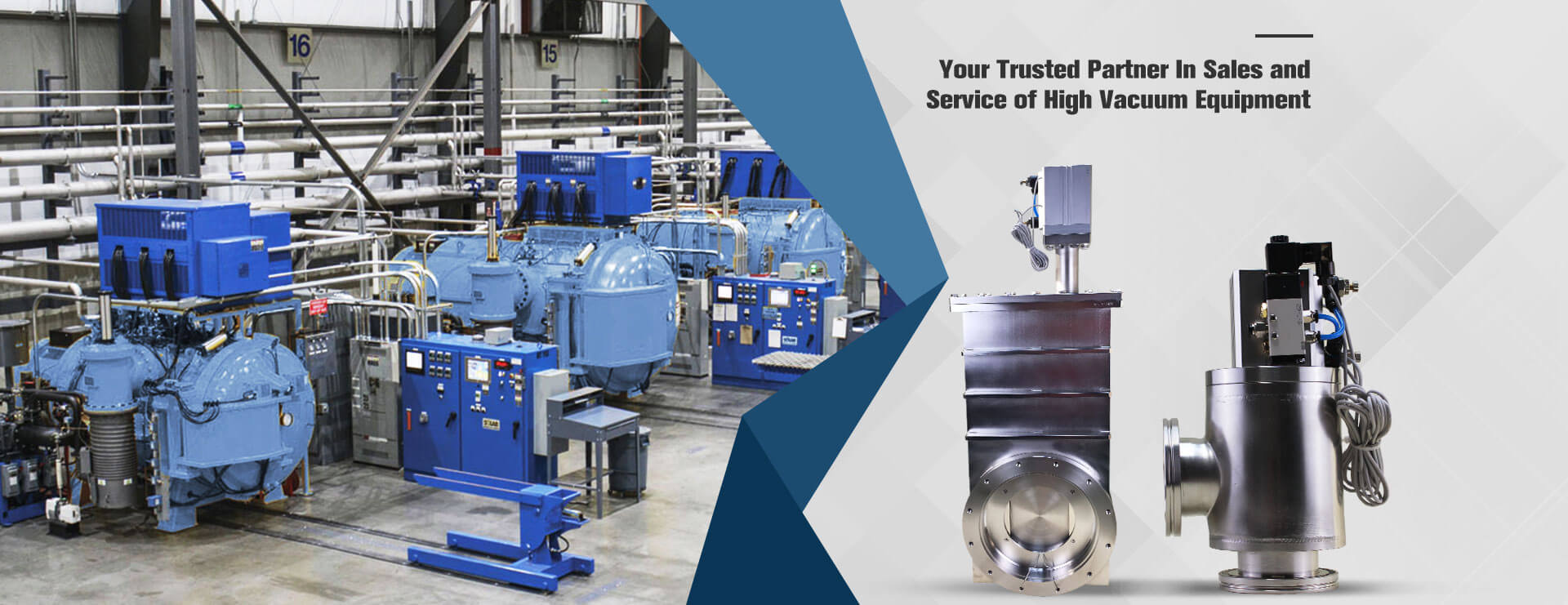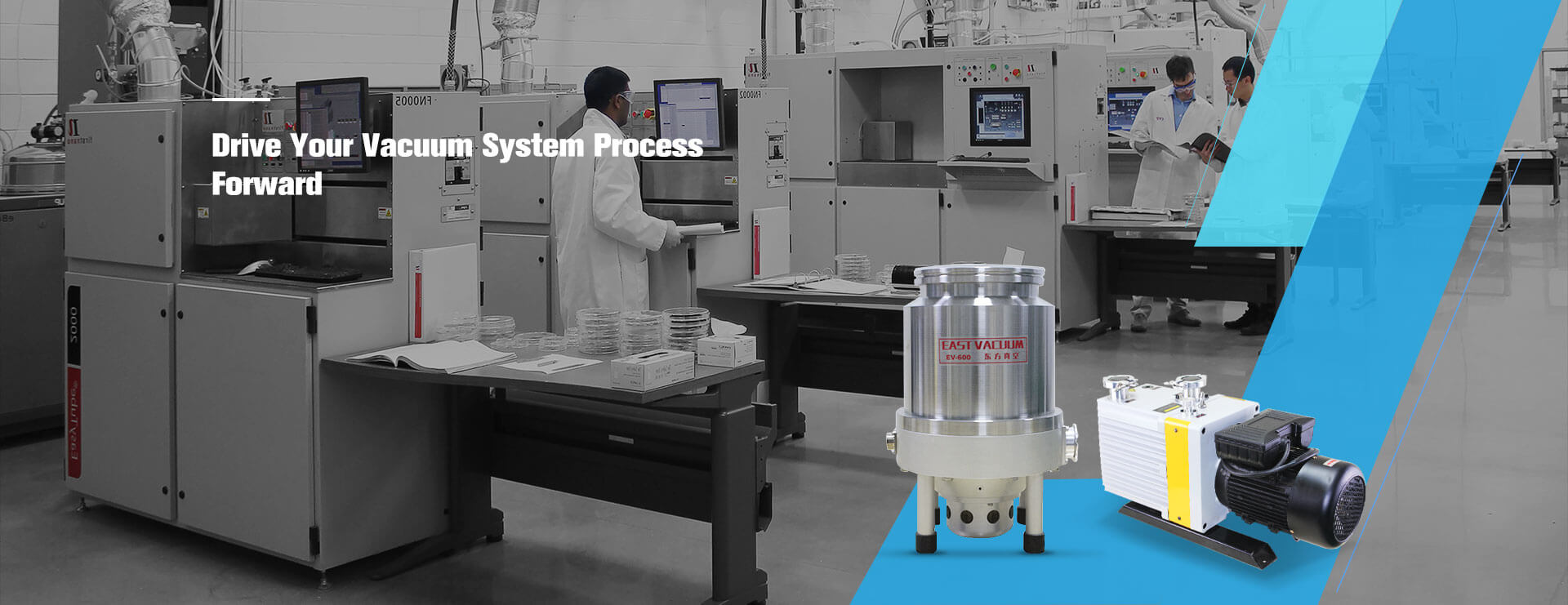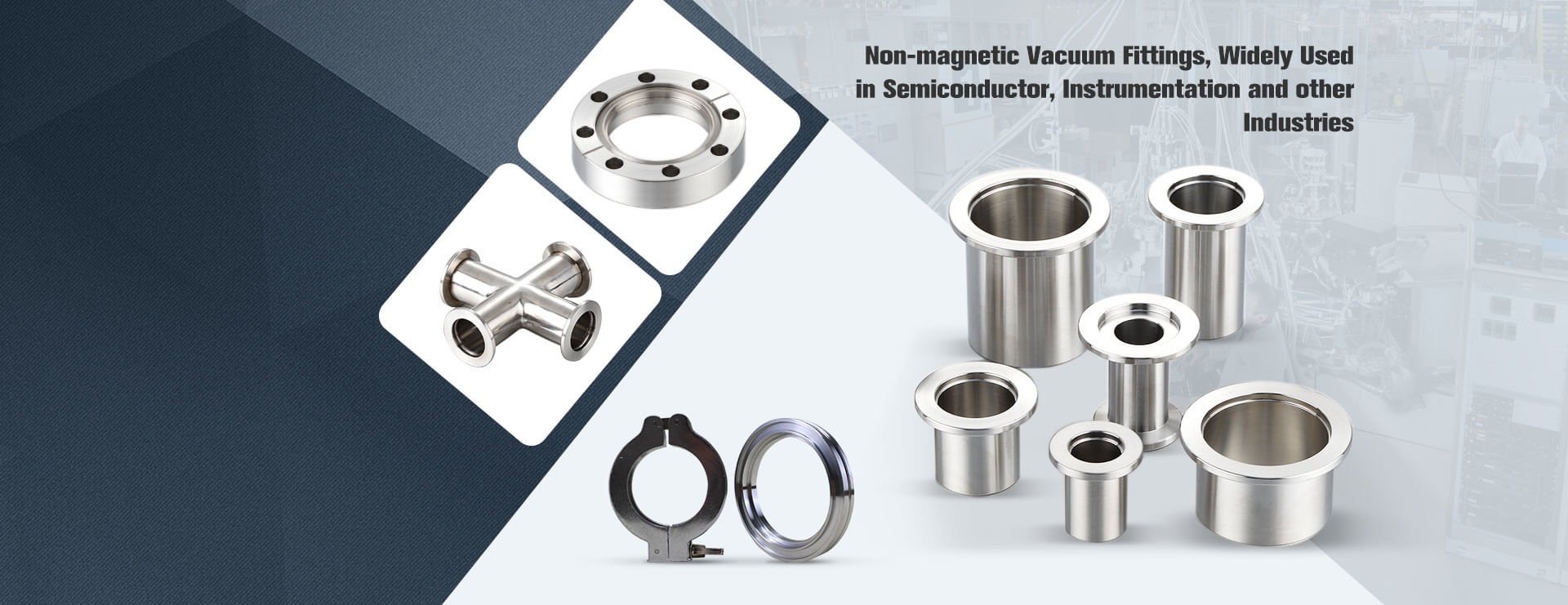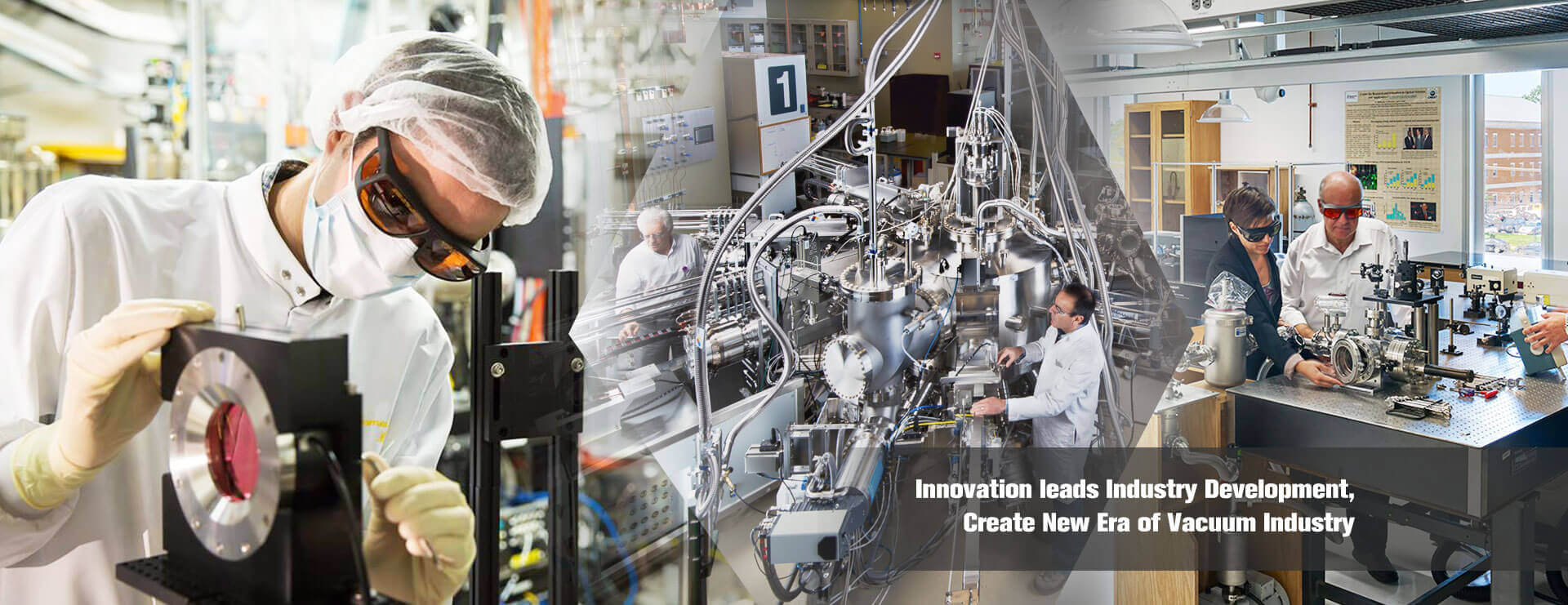In the process of communicating with customers about the selection of vacuum pumps in Super Q, we need to understand the level at which the working vacuum degree of the process needs to be maintained in vacuum applications. Finally, the ultimate vacuum degree performance of the selected vacuum pump will be one or more orders of magnitude higher than the working vacuum degree of the process. Why is this?

In the parameters of a vacuum pump, the limit vacuum degree of the vacuum pump is generally directly indicated. The ultimate vacuum degree represents the stable minimum pressure that the equipment can ultimately reach. For a vacuum pump, it is the corresponding vacuum degree that can be achieved after a long period of operation, when the gas can no longer be extracted. But in actual production, generally no one will allow the pump to run at extreme pressure. Because when the vacuum pump runs near the extreme vacuum, its efficiency is the worst, and at that time, the pumping speed of the vacuum pump is already very small, even zero. If the vacuum pressure of a process is near the limit pressure of the vacuum pump, there is no pumping speed when using this vacuum pump, and the result is that the corresponding vacuum degree cannot be maintained, leading to an increase in working pressure.

No matter which type of vacuum pump, there will be an optimal pressure operating range before it reaches the maximum vacuum degree. This interval varies depending on the structural principle of the vacuum pump. That is to say, within a certain pressure range, its operating efficiency will be relatively high, and this pressure is definitely higher than the ultimate vacuum degree of the vacuum pump. Therefore, in the selection process of vacuum pumps, Super Q places more emphasis on the user’s working vacuum degree, whether it is within the optimal pumping speed range of the pump, and whether the ultimate pressure is relatively less practical. But if the vacuum pump has good operating efficiency within a pressure range, it can also be determined that its ultimate vacuum pressure is definitely lower than this working pressure range.

For example, a vacuum pump that can operate well at a working pressure of 10Pa must have a limit pressure below 10Pa, as mentioned earlier for one or more orders of magnitude, which may be around 1Pa or 0.1Pa.

For users, Super Q suggests that the main focus should be on the performance parameter curve of the vacuum pump, whether the optimal vacuum range for pumping speed includes the required working vacuum. If the working vacuum requirements are met, the ultimate vacuum is generally not a problem.

Beijing Super Q has been focusing on the production and research of vacuum fittings, vacuum valves, vacuum pumps, and vacuum chambers used in the vacuum field for more than ten years. With strict material selection, exquisite craftsmanship, and durability, its products are exported to more than 100 countries and regions around the world.
Post time: Aug-11-2023




